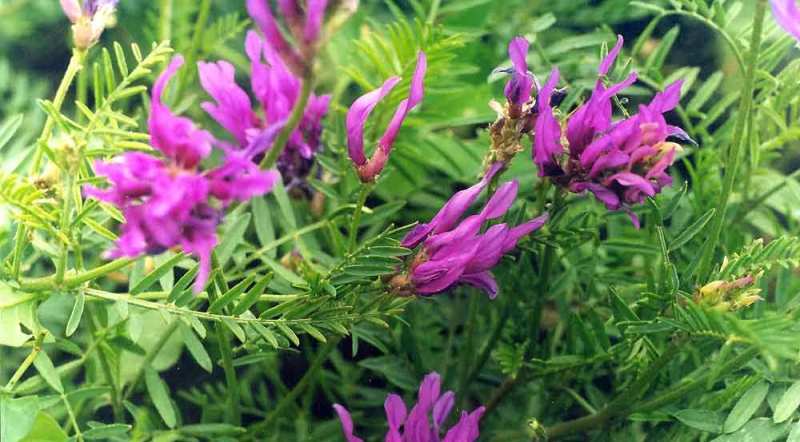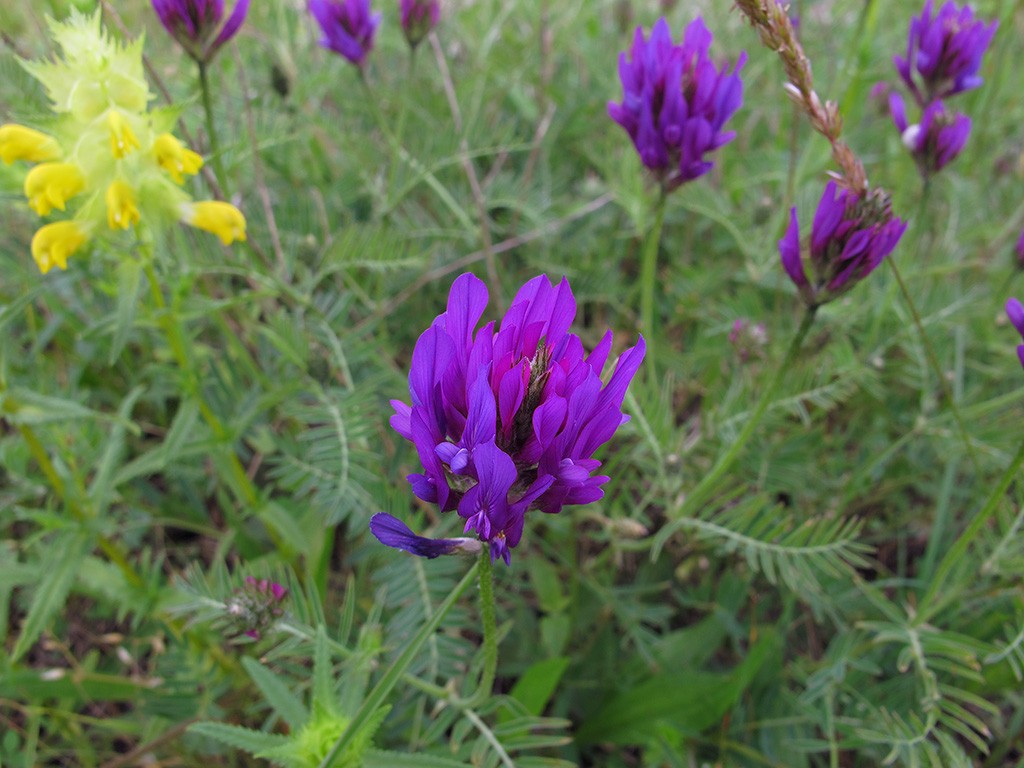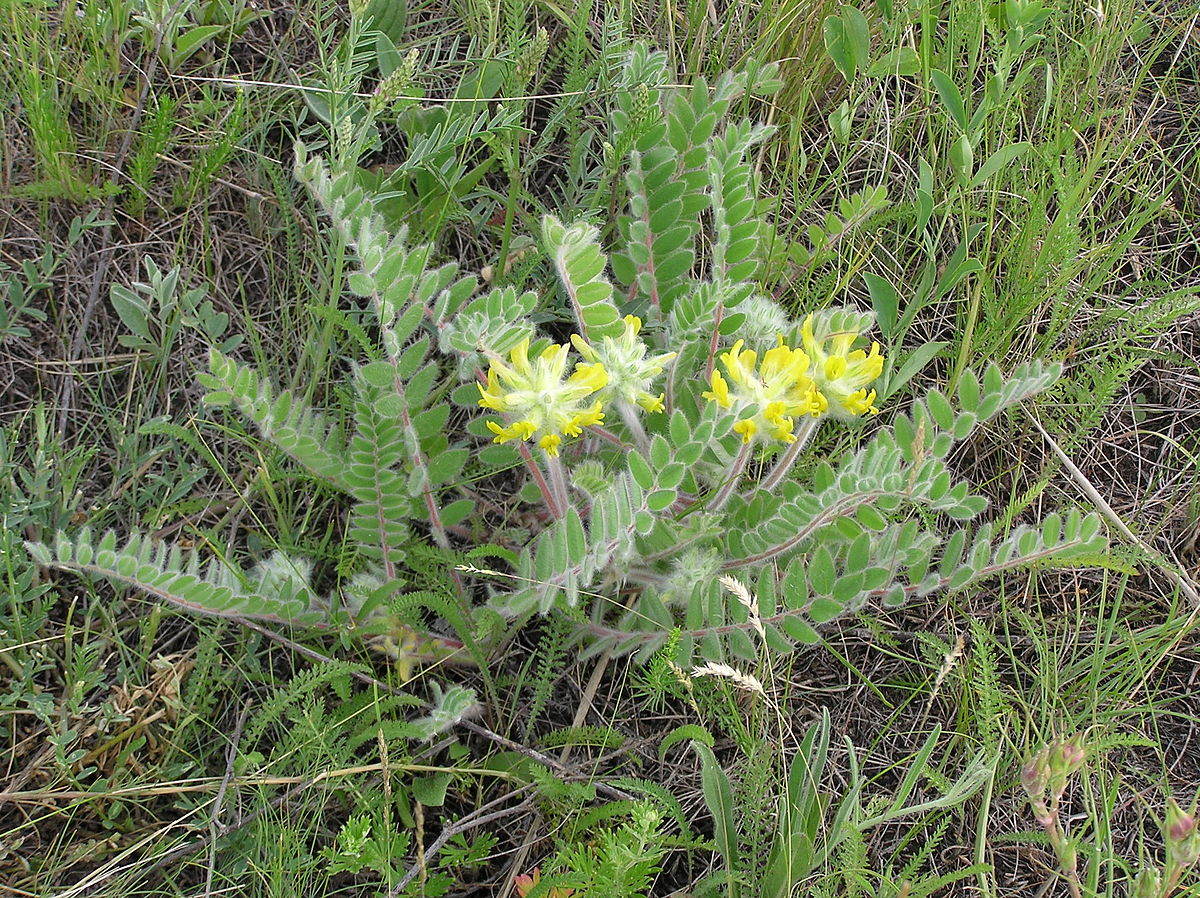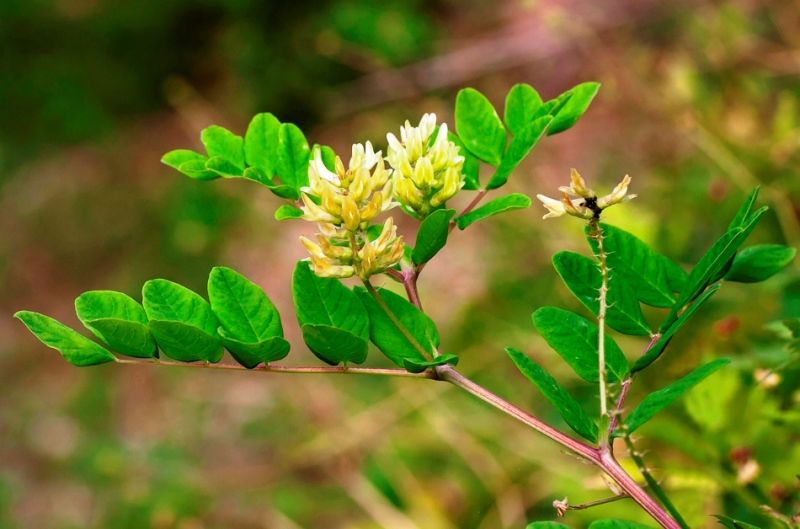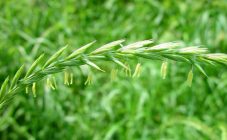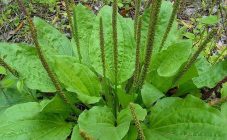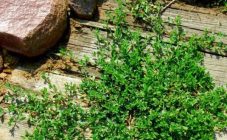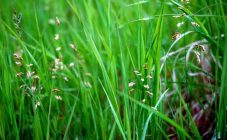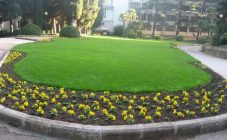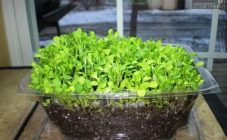Content:
Astragalus is a medicinal plant, perennial. Belongs to the legume family, numbering more than two thousand varieties. Grows in the form of a bush, shrub and grass. Many of the Astragalus species have medicinal properties. Astragalus grows on the territory of Russia almost throughout the territory.
Description andstrangled
Structure
Stem erect, up to 60 cm tall, leaves are compound odd-pinnate or pair-pinnate, with single or triple leaflets, covered with soft hairs below, creating a fluffy effect. Astragalus has a flower of various colors: from yellow to lilac, depending on the type of plant. Flowers are collected in compressed brushes, capitate or spike-shaped.
The calyx has a tubular or bell-shaped shape, which swells during fruiting. Corolla - moth, boat in a pointed or blunt form, stamens - double-breasted.
Astral blooms from June to August, closer to the second half of autumn, a seed is formed - a pod, 1 cm long. It can be of a unilocular or double-celled form with leathery, membranous or cartilaginous valves.
Composition
Astragalus grows in the steppes and forests of deciduous and mixed types. He especially prefers an area rich in gold, which he absorbs and accumulates. Besides gold, the plant is made up of almost all the metals from the chemical table, as well as silicon and phosphorus.
Of organic substances, it contains vitamins (A, C and E), alkaloids, phytosterols, flavonoids, cardiac glycosides of the triterpene series, polysaccharides, tannins, essential oils. Another valuable feature of the astral plane is that it can store selenium in itself.
In astragalus, all the substances contained are so proportionally and ideally selected that they make the medicinal properties of this plant unique.
Astragalus was used in treatment more than 1000 years ago by the ancient Scythians. They were treated only by men and only from the upper strata of society, using it for the most serious illnesses, as well as for rejuvenation and increasing life expectancy. Women and ordinary people were strictly forbidden to use astragalus in treatment.
Currently, in Mongolia, Tibet and Korea, astragalus herb is used by official medicine in treatment. In the Celestial Empire, it is believed that astragalus is in no way inferior to ginseng in terms of its medicinal properties. In the USA and Europe, it is used in complex therapy to strengthen strength.
Kinds andstrangled
Astragalus herb is subdivided into types: woolly, shrubby, membranous, Danish, Daurian, marsh, ascending, malt-leaved, drooping and many others.
All parts of plants are used to prepare the medicine: root, stem, leaves and flowers. Both types of astragalus are interchangeable, but astragalus membranous with medicinal properties has a stronger effect on the human body; in medicine, it is preferable to use the root of this particular type.
Features of planting and care
Astragalus can be grown in the country or in the garden. Its flowers spread a pleasant aroma, the plant as a whole has an aesthetic appearance. The flowering period will delight almost all summer.
When it comes time to harvest the useful top of the plant, leave a few stems for further seed formation. The seeds themselves ripen in August and September, when they turn brown.
Landing place
This should be a place with direct sunlight, no shade. Black soil is preferable as a soil, but a certain composition is suitable for each variety of astragalus. Before planting, the earth should be well dug and loosened. It is imperative to make a drainage layer. Astragalus roots do not like stagnant water very much and can begin to rot.
Watering
The plant does not really need abundant watering, but in the first year during the period of active growth, you need to make sure that the ground does not become dry. In the second year, on the contrary, it is impossible to greatly moisten the earth. The plant tolerates drought well.
Top dressing
Astragalus, like all plants, needs fertilization in the spring, when planting, and in the fall. The top dressing should contain minerals, or you can compost yourself.
Astragalus grows up to five years without transplantation. Poorly tolerates transplantation and adapts for a long time. When transplanting takes place, the plant is dug up along with the soil at the root, it is advisable to do this in the spring, so that adaptation occurs faster before flowering.
Reproduction
Astragalus propagation occurs with the help of seeds. They are placed in the soil in early spring 3 cm deep. The distance between plants should be about 45 cm. Seedlings appear in a month. It is necessary to constantly loosen the ground and weed from the weeds.
Plant andscared: medicinal properties
All parts of the plant have healing properties.
Grass andstrangled
It includes a stem along with leaves and flowers and is used in medicine for both the woolly Astragalus and the membranous astragalus. The stem must be cut off during the flowering period from June to August so that a process of just over 5 cm remains to the ground.
In Russia, the herb Astragalus woolly is used as a medicinal raw material. From astragalus herbs, infusions and decoctions are used. They are used internally and externally, making compresses, rubbing, for preparing a bath.
Root andstrangled
The healing properties of the root are more intense due to the high concentration of nutrients: isoflavones, steroids, triterpene saponins, triterpenoids, nitrogen-containing substances, coumarins, lignans and carbohydrates, so its use is more common in medical practice. Astragalus root is not inferior to ginseng root in terms of its general strengthening and immunomodulatory properties.
Its reception is especially favorable for: chronic diseases of the cardiovascular system with pressure drops, all forms of diseases of the genitourinary system, accompanied by severe edema, with rheumatism and diseases in women.
Root preparation andstrangled
You can dig up the root on your own at the end of autumn, when it has the maximum concentration of nutrients. Then rinse thoroughly, but try to do it quickly, so that contact with water is short-lived and the root does not waste its beneficial properties, then cut and dry it well in the fresh air without sun exposure. The dried root is stored in a place where it is dark and there is natural ventilation, in tissue bags, for no more than one year.
Next, to prepare powder from astragalus root, you need to grind it in a coffee grinder and add an equal part of honey.Mix the mixture well and apply for medicinal purposes three times a day.
Or the tincture is prepared in a ratio of 1 part root to 10 parts vodka. Let it brew for two weeks in a dark place and apply a few drops three times a day.
Application
Astragalus plant for medicinal purposes with:
- reduced immunity;
- cardiovascular diseases with a decrease in high blood pressure, vasodilation, recovery from a stroke or heart attack;
- atherosclerosis;
- diseases of the gastrointestinal tract, prevention of diabetes, cholelithiasis and effects on the liver;
- renal failure, removal of edema, as a diuretic, causes profuse sweating;
- diseases of the lungs, bronchial asthma, helps expectoration;
- neoplasms;
- diseases of the joints;
- psoriasis, eczema;
- colds, helps in the fight against viruses and bacteria, stimulates the immune system, improves tone and restores the body's strength;
- has a sedative effect and is indispensable for depression;
- helps to heal wounds and cuts faster, resolves severe hematomas;
- helps in the treatment of infertility and other ailments.
This is not the whole list of diseases in the treatment of which astragalus is used.
Contraindications
The astragalus plant has virtually no contraindications for use.
However, there are people prone to allergies, and they should be very careful when using this plant. You can start using with a small concentration of the substance in the healing infusion.
Astragalus has long been used as a childbirth aid, speeding up and intensifying the process. Therefore, you should not use Astragalus during the entire period of pregnancy. A woman who has just given birth and is breastfeeding should also stop using Astragalus.
Astragalus is a medicinal plant, proven by thousands of years of folk medicine, which has almost no contraindications. You can buy it at a pharmacy or grow it on your site and prepare a tincture or decoction yourself. By adhering to the basic guidelines for growing and using it as a medicine, you can heal faster and improve your health, and also look younger.
